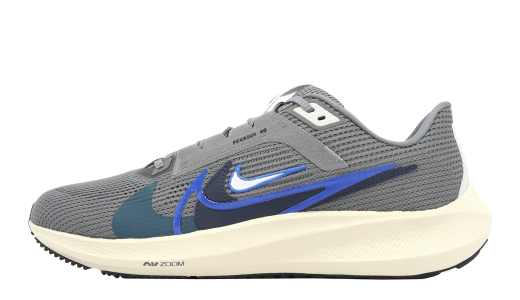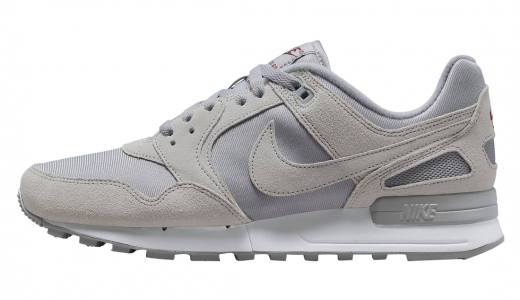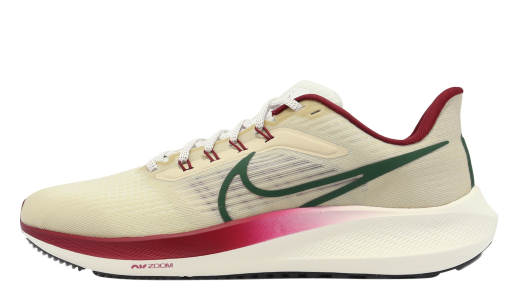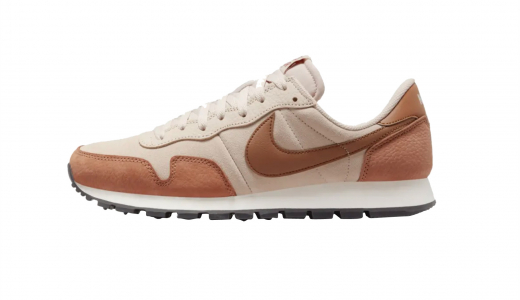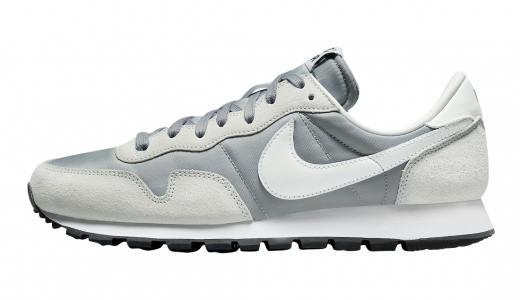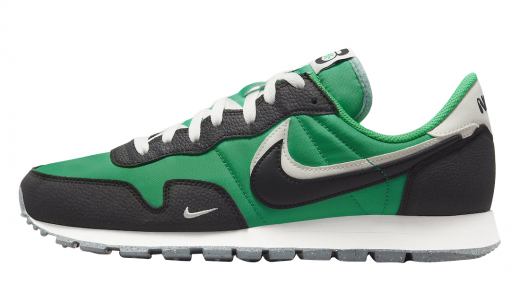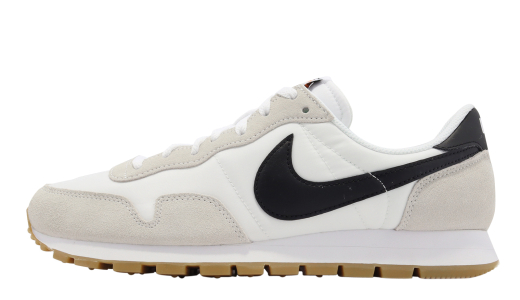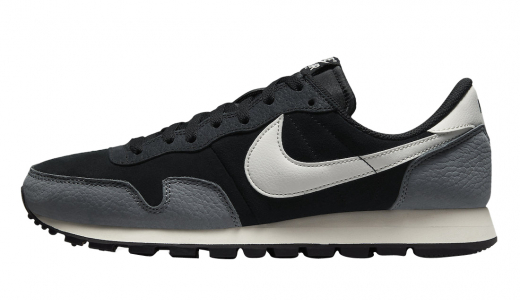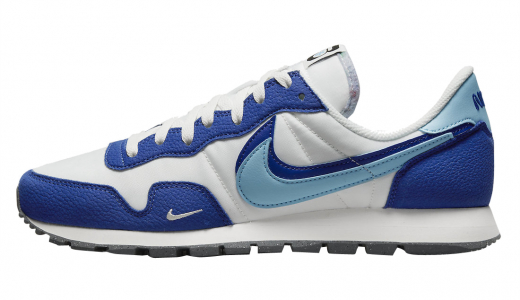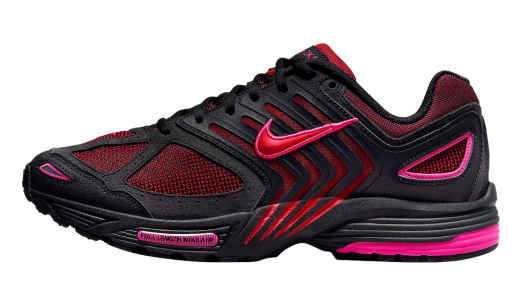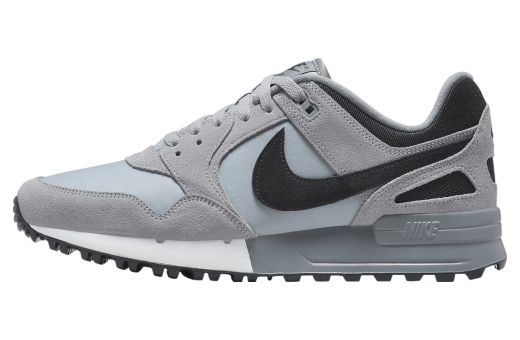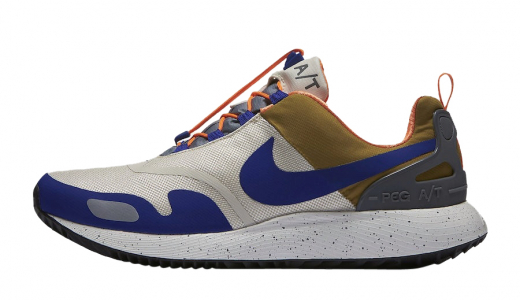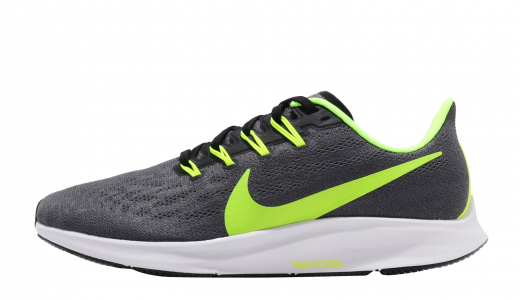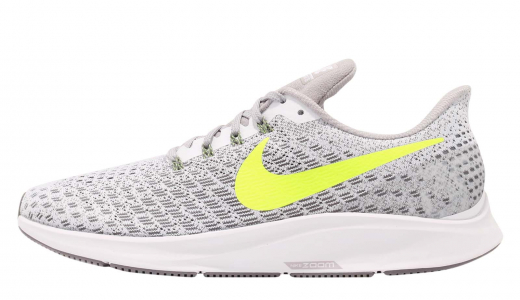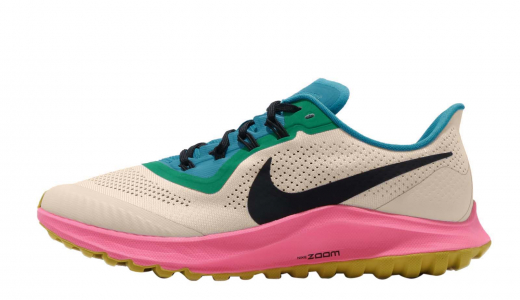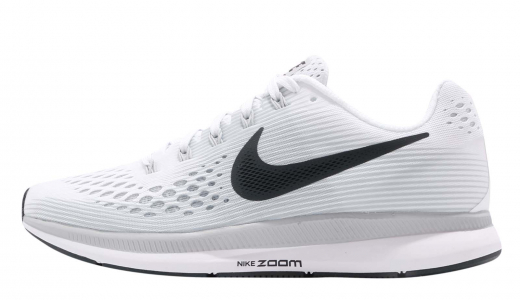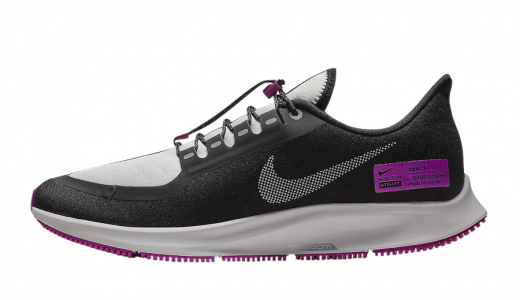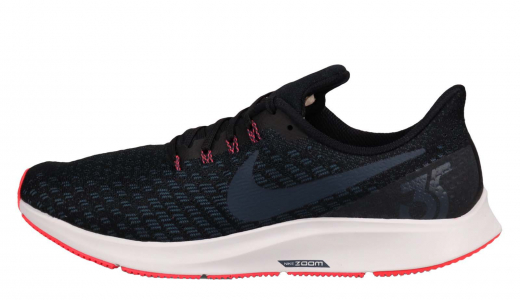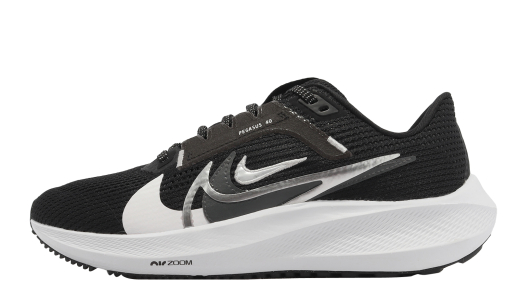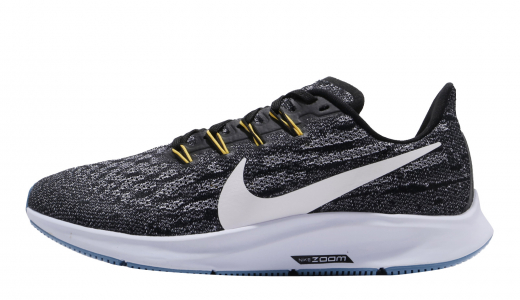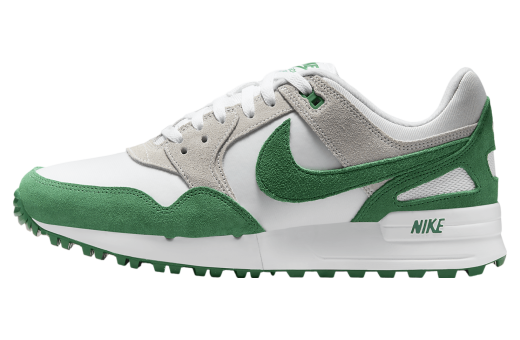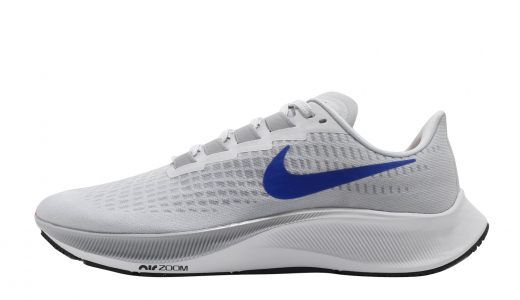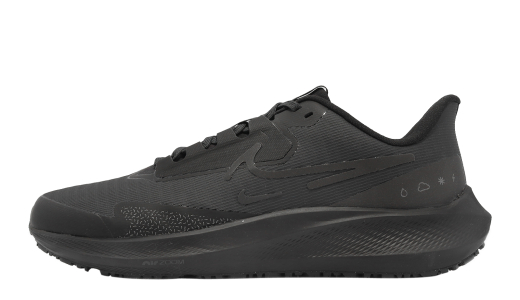Nike Air Pegasus
The Nike Air Pegasus is a cornerstone in the lineage of running shoes, representing a blend of innovation and tradition that has resonated with athletes and casual runners alike since its debut in 1983. Designed to be a versatile and reliable companion for all types of runners, the Air Pegasus has continuously evolved over the decades to incorporate advanced technologies and materials. Each iteration of the shoe strives to offer a balanced ride with optimal cushioning, durability, and support, ensuring that it meets the dynamic needs of runners at any level. By maintaining its core values while embracing cutting-edge advancements, the Air Pegasus has managed to remain relevant in the ever-changing landscape of sports footwear.
One of the key features of the Nike Air Pegasus is its use of Air Zoom cushioning technology, which provides a responsive and comfortable experience with every stride. This cushioning is strategically placed in high-impact areas to absorb shock and reduce pressure on the feet, thereby enhancing overall performance and minimizing the risk of injury. The upper design, often crafted from breathable mesh and lightweight materials, offers excellent ventilation and a snug fit that adapts to the unique shape of each foot. Whether used for competitive racing, daily training, or casual wear, the Nike Air Pegasus has garnered a dedicated following for its reliability and adaptability, making it a timeless icon in the realm of athletic footwear.
History of Nike Air Pegasus
The history of the Nike Air Pegasus is a tale of evolution, innovation, and enduring popularity. The Nike Air Pegasus line, which first made its debut in 1983, has since become one of the most successful and long-lasting series in Nike’s history. By expertly blending comfort, performance, and style, the Air Pegasus has maintained its relevance through four decades of technological advancements and changing consumer tastes. This essay delves into the rich history of the Nike Air Pegasus, exploring its inception, technological innovations, cultural impact, and ongoing legacy.
The Birth of the Nike Air Pegasus: 1980s
The early 1980s marked a pivotal time for Nike, which had already revolutionized the athletic shoe market with its innovative designs and successful branding strategies. It was in this context that the Nike Air Pegasus was conceived. Released in 1983, the shoe was named after Pegasus, the winged horse from Greek mythology, symbolizing the notion of flight and the idea of a lightweight, agile running shoe.
The original Air Pegasus was designed to offer runners a versatile shoe that combined both comfort and performance. It featured a blend of leather and mesh uppers, providing durability and breathability. The midsole incorporated Nike’s signature Air cushioning technology, a key selling point that promised enhanced comfort and shock absorption. The first iteration was well-received for its balance of performance features and affordability, quickly gaining a loyal following among runners of all levels.
Evolution and Innovation: 1990s
Throughout the late 1980s and into the 1990s, Nike continued to refine the Air Pegasus. Each subsequent iteration saw improvements and innovations that kept pace with advancements in running shoe technology and the growing expectations of athletes.
In 1989, the Air Pegasus was released with a sockliner for added comfort. In 1993, the shoe saw significant updates, including a redesigned sole for improved traction and stability. The most notable change came in 1996 with the introduction of the Air Pegasus 13, which featured a redesigned upper for better fit and an improved Phylon midsole for lighter and more responsive cushioning.
Nike’s consistent innovation kept the Air Pegasus relevant and respected in the running community. It also made it a favorite among casual wearers, as the line began to adopt more fashionable colorways and styles to appeal to a broader audience.
The Impact of Branding and Marketing: 2000s
As the 21st century dawned, the Air Pegasus continued to evolve. Nike’s focus on performance never wavered, but the brand also began to place greater emphasis on marketing and building a lifestyle image around their products. The Air Pegasus line was no exception.
The Nike Air Pegasus 2003, for example, was introduced with a campaign that highlighted its advanced cushioning and support features, tailored to the needs of modern runners. The marketing strategy worked, and the shoe was lauded for its comfort and versatility. In a market that was becoming increasingly saturated with specialized running shoes, the Air Pegasus stood out for its balance and adaptability.
To celebrate the 25th anniversary of the Air Pegasus in 2008, Nike released a special edition that paid homage to the original 1983 model. This move not only appealed to nostalgic fans but also introduced the shoe’s storied history to a new generation of runners and sneaker enthusiasts.
Technological Upgrades and Rebranding: 2010s
The 2010s saw Nike pushing the boundaries of what was possible in running shoe technology, and the Air Pegasus line was at the forefront of these advancements. In 2013, to mark its 30th anniversary, the Air Pegasus 30 was released, featuring an updated upper with engineered mesh for improved breathability and a more secure fit. The midsole was also revamped with a combination of Cushlon and Nike Zoom units for enhanced responsiveness and cushioning.
In 2015, Nike rebranded the Air Pegasus line to the Nike Air Zoom Pegasus, highlighting the inclusion of their renowned Zoom Air cushioning technology. The Nike Air Zoom Pegasus 32 featured advancements such as Flywire cables for a more adaptive fit and reduced weight. This iteration received praise for its comfort, flexibility, and versatility, further cementing the Pegasus line’s reputation as a go-to choice for runners of all levels.
The Pegasus 34, released in 2017, continued this trend of incorporating cutting-edge technology, featuring a seamless upper and an updated Zoom Air unit that provided a smoother ride. The ongoing success of the Pegasus line during the 2010s demonstrated Nike’s ability to innovate while staying true to the core principles that had made the Pegasus a beloved running shoe.
Legacy and Future Prospects: 2020s
As of the early 2020s, the Nike Air Pegasus line remains a cornerstone of Nike’s running shoe offerings. The Pegasus 37, released in 2020, introduced a React foam midsole for superior cushioning and energy return, along with a forefoot Zoom Air unit for added responsiveness. This model received rave reviews for its comfort, performance, and sleek design, continuing the Pegasus tradition of combining practicality with style.
The Pegasus 38, released in 2021, built on the success of its predecessor with refinements aimed at enhancing fit and durability. Nike also continued to release special editions and collaborations, ensuring that the Pegasus remained not just a running shoe, but a cultural icon as well.
Looking forward, the future of the Nike Air Pegasus seems as bright as ever. With advancements in material science and biomechanics, there’s no doubt that Nike will continue to push the boundaries of what’s possible in running shoe design. The Pegasus line has proven its ability to evolve with the times while maintaining a loyal following, making it a timeless classic in the ever-changing world of athletic footwear.
Cultural Impact
One of the more significant aspects of the Nike Air Pegasus is its cultural impact beyond just being a running shoe. Over the years, the Pegasus has found its way into streetwear fashion, resonating with a broader audience than just athletes. Its simple yet stylish design made it a versatile option that could be worn both on and off the track.
Nike has often capitalized on this versatility through various collaborative projects and limited-edition releases. These include partnerships with designers, athletes, and even other brands, each bringing a unique twist to the classic design while keeping its core features intact. The ability to transcend the realm of performance footwear and make a statement in everyday fashion has contributed significantly to the Pegasus’s enduring popularity.
Conclusion
The history of the Nike Air Pegasus is a testament to Nike’s commitment to blending innovation, performance, and style. Since its inception in 1983, the Air Pegasus has continually evolved to meet the changing needs and preferences of athletes and consumers alike. Through relentless innovation and smart marketing, the Air Pegasus has maintained its status as a top-tier running shoe and a cultural icon, proving that longevity in the athletic shoe market is possible when a product stays true to its roots while embracing change. As it marches into the future, the Nike Air Pegasus stands poised to continue its legacy as one of the most beloved and enduring sneakers in history.
